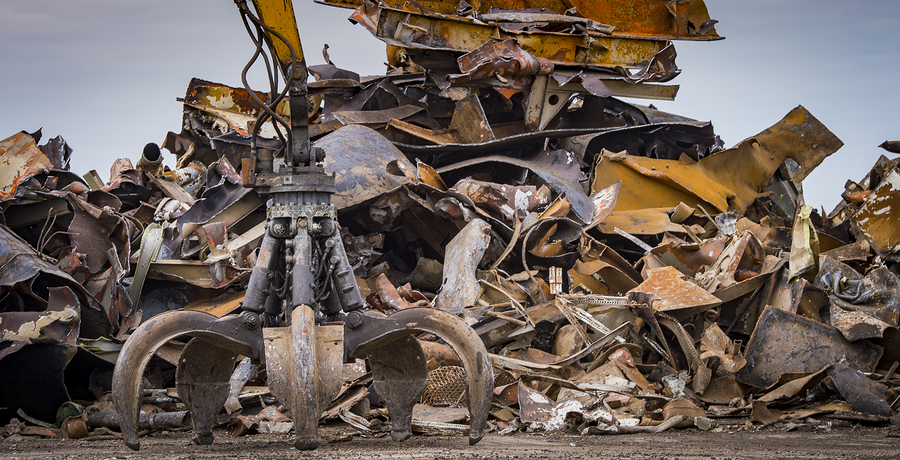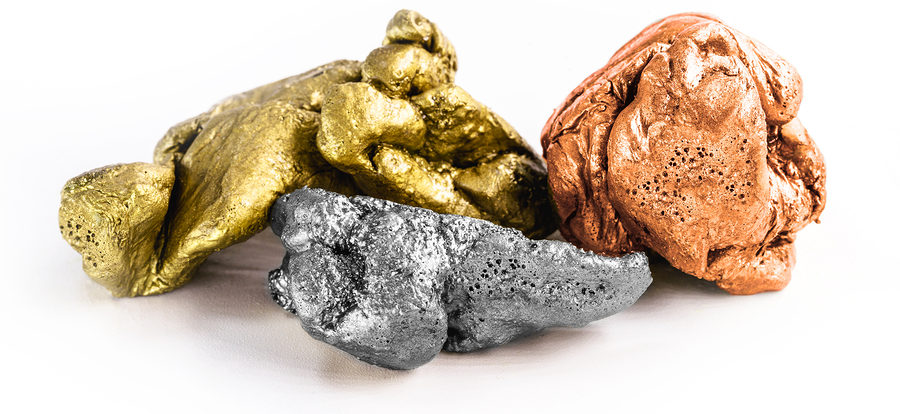The metal recycling process involves several steps that are equally important to the overall enterprise. From collecting and transporting materials, to sorting, processing, smelting, purifying, solidifying, re-purposing, distribution, and more, the scrap metal recycling industry works hard to ensure our natural resources are preserved. Many often wonder what it’s like taking in thousands of pounds of scrap metal and other materials, and how it is possible to separate the good stuff from the rest.
Well, continue reading to learn the top three technologies used in the business to separate scrap metal.

Eddy Current Separation
For recyclable piles that contain a mixture of materials, Eddy current separation method is used to sort metal from the plastic, paper, and textiles. During the process, electrical currents are streamed across the pile of materials, which attracts and levitates all metal, even metals that are not magnetic. From here, the metals can be further separated using additional magnetic technologies.
Magnets
All metal can be categorized as ferrous or non-ferrous, since ferrous simply refers to iron content. After all, metal either has iron in it or it doesn’t. Fortunately, ferrous metal is magnetic, making it easy to perform an initial separate of ferrous and nonferrous materials at a scrap yard. Metals and materials that do not attract to the large-scale, industrial magnets remain in the pile for further separation.
Metal Sensing
Metals that are higher in value, such as lead, copper, and precious metal, must be separated using a more technologically advanced and sophisticated process. Metal sensing technologies work best, as they are designed with innovative sensors that detect such metals through infra-red scanning and x-ray. The common types of metal sensing include pyrometallurgy, hydrometallurgy, and biotechnology.
Where to Recycle Scrap Metal in Indianapolis
Call Zore’s Recycling at 317-244-0700 to recycle scrap metal and make some fast money at the same time. We are a professional Indianapolis scrap metal recycling center that accepts and recycles all metals in any condition. Best of all, we pay cash on the spot for them! Recycle all sorts of stuff, including sheet metal and beams, cars, boats, construction equipment, power tools, old electronics, and more! Request a free estimate, today.


